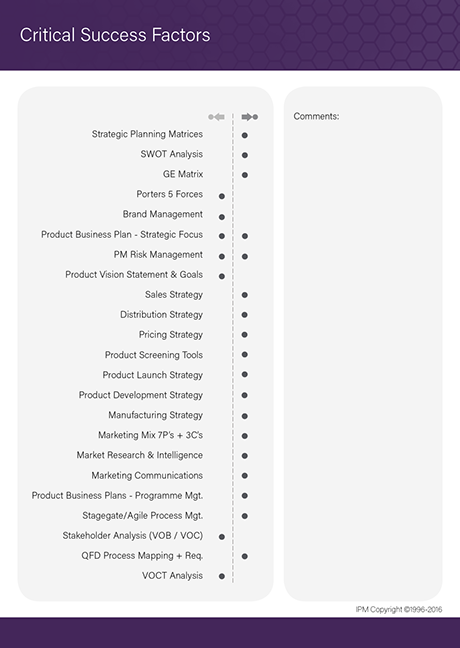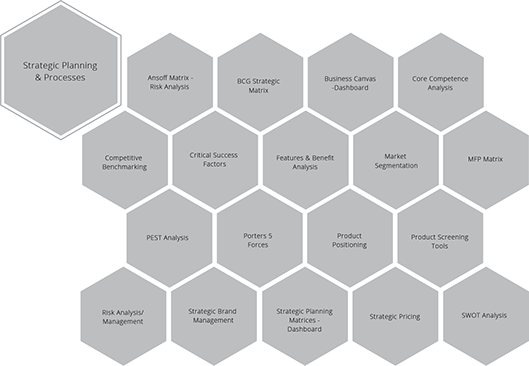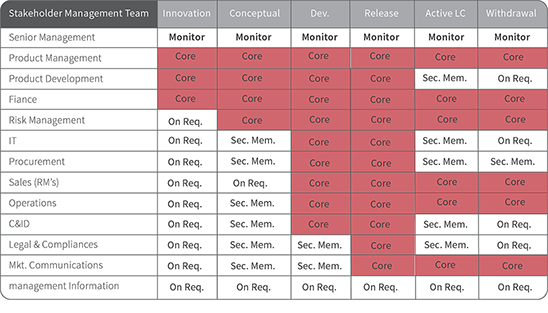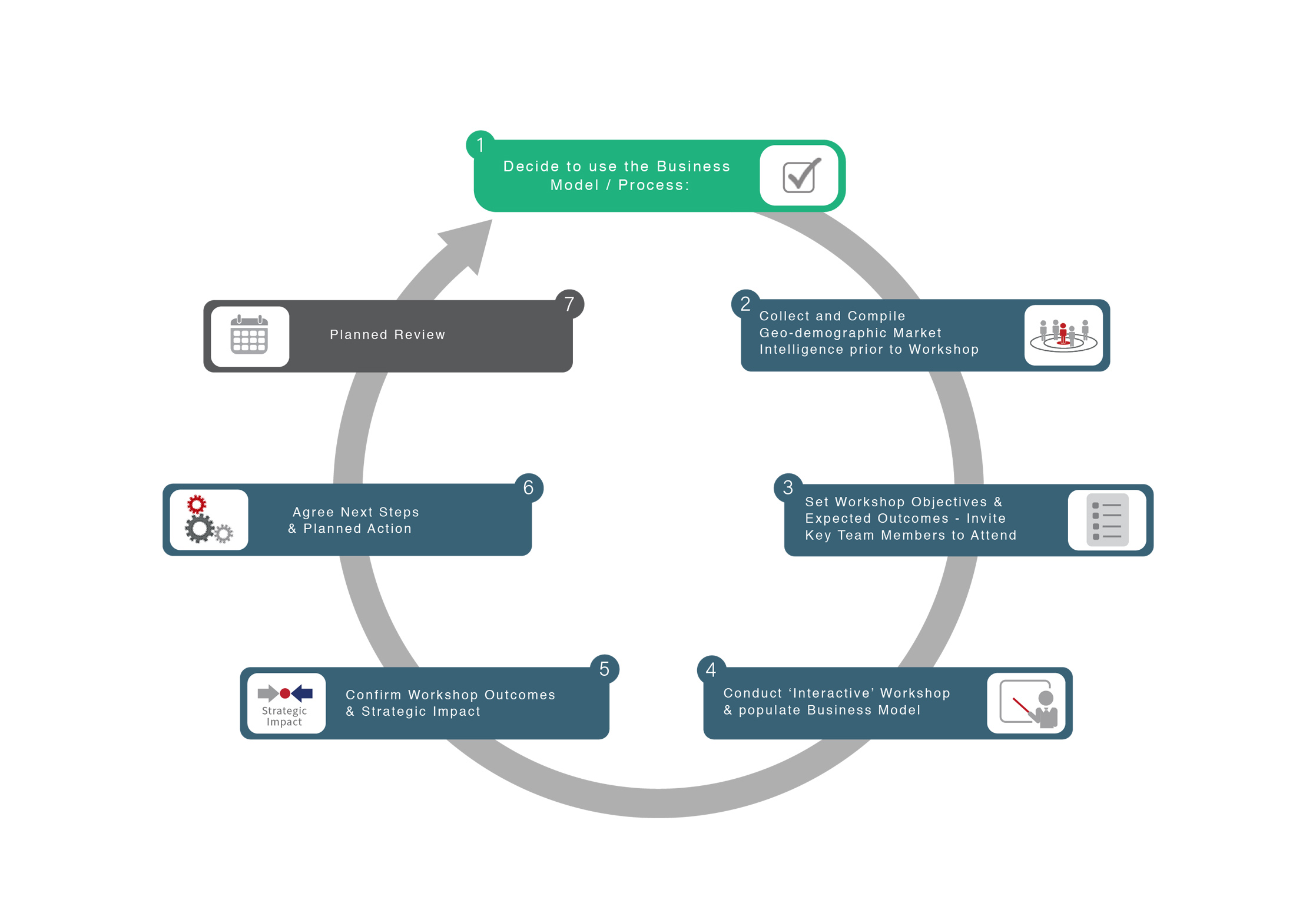Glossary
Logout
©Copyright Arcturus 2022, All Rights Reserved.
7
Terms & Conditions
|
|
|
|
Security & Privacy
Contact
CRITICAL SUCCESS FACTORS
|Introduction
Best practice ‘Product Management’ requires a thorough and pragmatic approach to this important discipline. The PMM process offers a proven generic framework for Product Managers to work within, however there are prerequisites that must be taken into account if PM’s are to deliver on expectations. The role (terms of reference) of the Product Manager can differ greatly between companies and associated market sectors, although there are generic similarities. One of the most common traits of successful PM’s is that they are seen and respected as the product champion with an appropriate level of authority to make things happen.
Critical Success Factor (CSF) is an attribute or action which has been identified as critical to the absolute success of the product. The concept of "success factors" was developed by D. Ronald Daniel of McKinsey & Company in 1961
The business plan must state and subsequently manage the critical success factors of the project. The identification of product related CFS’s can come from virtually any area and aspect of the company. CFS’s would typically be identified via a product SWOT analysis workshop but could also come from a combination of factors and associated aspects.
Critical success factors generally include exceptional management of several of the following:
• Product design
• Market segmentation
• Distribution and promotion
• Pricing
• Financing
• Securing of key personnel
• Research and development
• Production
• Servicing
• Maintenance of quality/value
• Securing key suppliers
A critical success factors are not key performance indicators (KPI’s). Critical success factors are elements that are vital for a strategy to be successful. KPIs on the other hand are measures that quantify objectives and enable the measurement of strategic performance.
|Critical Success Factors
What are the Critical Success Factors related to this product / business opportunity?
What attributes will make this product happen... or indeed fail...
Critical success factors can be derived from the SWOT analysis activity. Additional factors may be found in the following areas;
1. Product Cost / Margin?
2. Product Price?
3. Time to Market?
4. Product Differentiation?
5. Availability?
6. Finance?
7. Resource?
8. Fashion / Fad?
All measures must be clearly defined and reviewed regularly. They should be considered as an early warning system.
In conjunction with your knowledge and the SWOT analysis data define the Critical Success Factors for the product;
|Who Should Attend
Key / Definition:‐
Monitor: Oversees the overall process, required to provide top level strategic objectives as required,
performs a management role.
Core: Defines the ‘Core’ team headed (chaired) by the Product Manager required to attend the workshop in alignment with the ‘Product Phase’. Membership is mandatory.
Sec. Mem: Secondary Membership defines an ‘on‐standby’ membership requirement and will depend upon the subject area, phase alignment and the project status. Membership is managed by the Product Manager.
On Req: On Request membership defines a membership that is managed by the Product Manager.
|Related Procedures
The following interrelationship maps indicate; suggested content from other models/processes which may have influence or an effect on the analysis of the title process. The left-hand column indicates information or impact from the named process and the left-hand column indicates on completion of the process/analysis it may have an influence or effect on the listed processes.
Note: A complete set (professional quality) of PMM interrelationship cards are available to purchase - please contact us for further details.

|Do's and Don'ts
Do
- Use a step‐by‐step disciplined process in reviewing target market alternatives that you consider all viable targets.
- Make sure the target market you select is big enough to meet your sales objectives.
- Make sure you consider both the volume and concentration of the market segments in order
to weigh the importance of the quantity of consumption as well as selectivity in your target
market determination.
- Compare your customer profile to that of the competition and the market to isolate
additional target markets with potential.
- To really understand your target market in terms of demographics, usage, pur¬chasing
characteristics, and needs/wants, look to the extreme; look to and thoroughly understand
the heavy purchaser/ user segment.
- With multiple potential target markets and limited marketing funds, focus your marketing
efforts against one target market whenever possible, giving secondary emphasis to other
markets with minimal support and only when needed.
- Remember that Companies don't buy your products/services, people do. Market to the
specific needs of the individual decision maker(s).
- Make sure you can deliver the product sought by the designated target markets.
Don’t
- Don't guess who your target market is; quantify by the numbers whenever possible.
- Don't expand into markets that have low target market product usage and a high level of
competition.
- Don't assume that the purchaser of your product is also the user and the only target market
affecting the purchase.
- Don’t expect all individuals within the same target market to buy a product for the same
reasons.
- Don’t overlook the potential of your current customers when considering new target
markets.
- Don't expect the most obvious target to be the target with the most potential for your product;
the competition and limited marketing resources might dictate otherwise.
- Don't overlook the importance of the intermediate market or the end user, whether you sell
directly to them or not.
- Don't try to sell your product to everybody‐segment!
|Strategic Business Models, Workshop Tools & Professional Resources
The IPM practitioner series, is a definitive and integrated training programme for management professionals operating in the Product Management arena. So whether you’re the Managing Director, Product Director, Product Manager or a member of the Multidisciplinary Team we are confident that you will find this particular training series to be one of the best available and an invaluable asset to both you and your company.
PMM - Professional Support





























